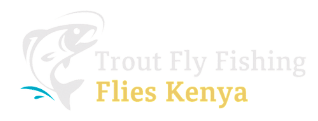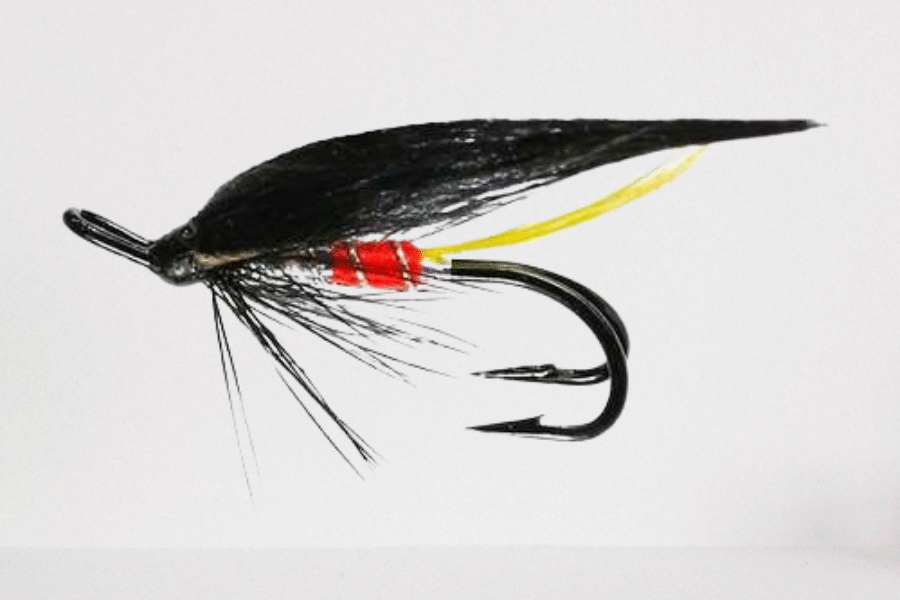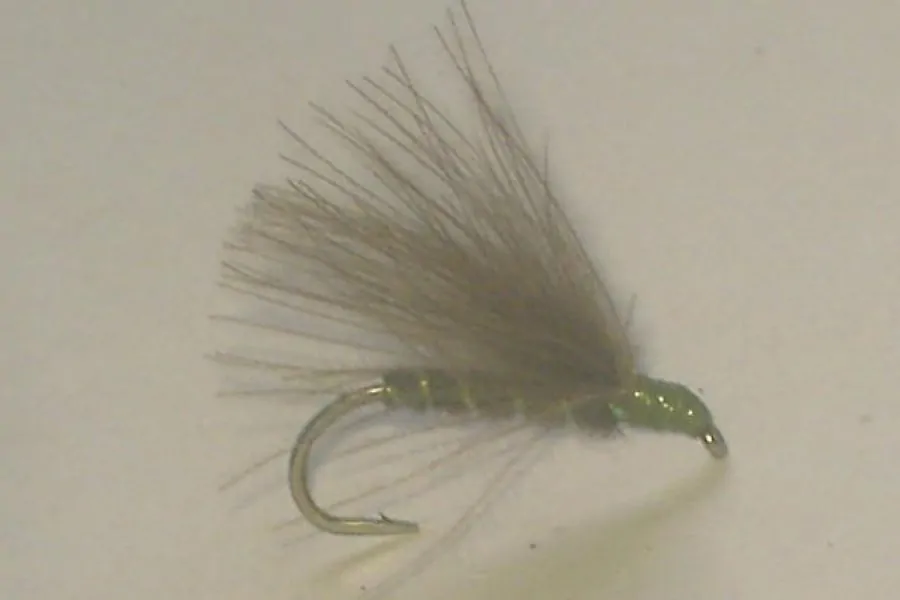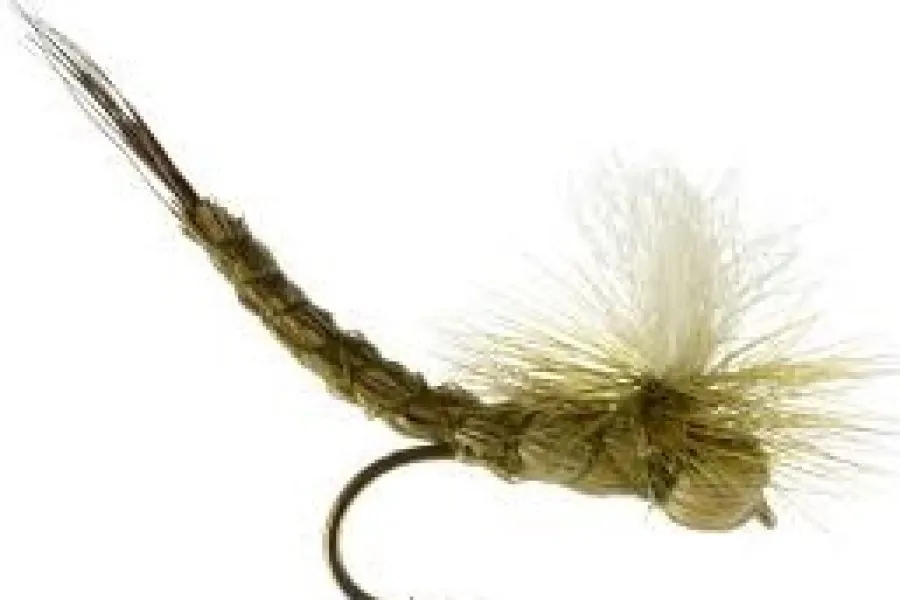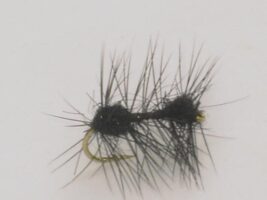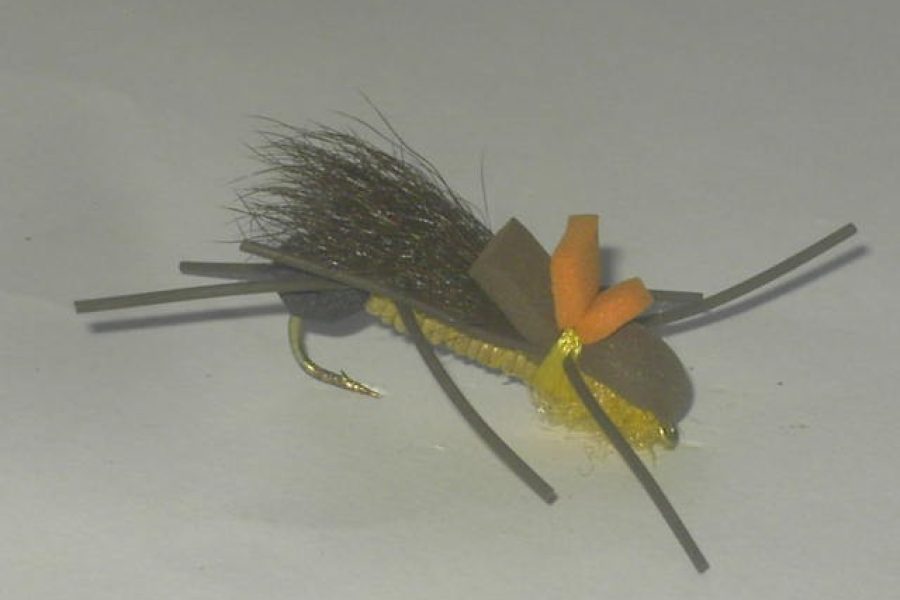Description
Foam Black Ant Dry Fly – Premium Terrestrial Pattern
The Foam Black Ant Dry Fly represents the pinnacle of terrestrial pattern design, combining modern foam materials with proven fish-catching effectiveness. This meticulously crafted pattern features carefully selected materials that create a compelling profile on the surface, making it particularly effective for targeting trout during terrestrial season and beyond.
Design Excellence and Innovation The pattern showcases sophisticated yet practical design elements that set it apart from standard ant patterns. Its carefully engineered foam body provides perfect flotation and silhouette, while the segmented design creates a highly natural yet visible profile that trout readily recognize. The combination of modern foam materials and traditional proportions makes it particularly successful during terrestrial fishing situations.
Material Selection and Technical Construction Every component is carefully selected for both performance and durability:
- Premium foam body
- High-density black foam
- Strategic segmentation
- Durable thread base
- Strong hook selection
- Reinforced construction techniques
Strategic Fishing Applications This pattern excels in multiple scenarios:
- Summer terrestrial fishing
- Windy conditions
- Various water types
- Technical situations
- Diverse conditions Each environment allows the pattern to showcase its effectiveness.
Seasonal Effectiveness The pattern demonstrates remarkable productivity throughout the season:
- Spring: Early opportunities
- Summer: Peak terrestrial season
- Fall: Late terrestrial activity
- Winter: Limited use Seasonal adaptations in presentation maximize success.
Species-Specific Performance While primarily designed for trout, the pattern proves deadly for:
- Brown trout
- Rainbow trout
- Brook trout
- Panfish
- Various surface feedersWater Presentation Characteristics Superior presentation qualities include:
- Excellent flotation
- Perfect silhouette
- Realistic profile
- High visibility
- Natural drift
Advanced Retrieval Techniques To maximize pattern effectiveness:
- Dead drift presentation
- Subtle twitches
- Pattern skittering
- Surface manipulation
- Current tracking
Technical Advantages Key performance benefits include:
- Superior buoyancy
- Natural presentation
- Excellent visibility
- Durable construction
- Multiple fishing applications
Line and Leader Configuration For optimal presentation:
- Weight-forward floating lines
- Long leaders
- Fine tippets
- Proper turnover
- Delicate presentation
Environmental Adaptability The pattern performs consistently across:
- Various water clarities
- Different current speeds
- Multiple water types
- Various light conditions
- Different temperature ranges
Competition and Professional Applications The Foam Ant has established itself in serious angling:
- Tournament proven
- Guide’s choice
- Professional use
- Teaching pattern
- Reliable producer
Size Variations and Pattern Modifications Available in multiple configurations:
- Sizes 12-18
- Body thickness options
- Segmentation variations
- Wing options
- Profile adjustments
Storage and Maintenance Requirements To maintain optimal performance:
- Store in ventilated boxes
- Protect foam materials
- Regular inspection
- Proper drying essential
- Hook maintenance
Advanced Rigging Techniques Multiple rigging options enhance versatility:
- Traditional dry fly setup
- Dropper configurations
- Multi-fly rigs
- Specialized leader designs
- Surface presentation methods
Historical Context and Evolution The pattern’s development reflects:
- Traditional ant patterns
- Modern foam innovation
- Refined proportions
- Proven effectiveness
- Continuous adaptation
Quality Control Standards Each fly maintains strict requirements:
- Precise foam cutting
- Proper proportioning
- Construction integrity
- Material selection
- Pattern uniformity
Fishing Location Selection Optimal fishing locations include:
- Bank edges
- Overhanging vegetation
- Feeding lanes
- Structure areas
- Current seams
Weather and Condition Considerations Pattern effectiveness varies with:
- Wind conditions
- Light levels
- Water clarity
- Temperature
- Cloud cover
Presentation Techniques Achieving proper presentation through:
- Accurate casting
- Delicate delivery
- Drift control
- Distance management
- Line control
Color and Profile Characteristics The pattern’s black foam provides:
- Maximum visibility
- Natural silhouette
- Low-light effectiveness
- Clear water effectiveness
- Versatile presentation
Movement Characteristics Natural movement achieved through:
- Body design
- Material properties
- Presentation technique
- Surface interaction
- Current effects
Durability Features Construction elements ensuring longevity:
- Reinforced foam body
- Quality material selection
- Proper proportioning
- Strategic construction
- Hook point protection
Target Species Behavior Understanding fish response to:
- Surface disturbance
- Pattern visibility
- Movement triggers
- Feeding patterns
- Strike triggers
Water Type Adaptations Effective across various waters:
- Small streams
- Large rivers
- Lakes
- Different currents
- Various structures
Casting Techniques Specialized casting methods:
- Accurate placement
- Delicate presentation
- Line speed control
- Loop formation
- Wind adaptation
Strike Detection Recognizing takes through:
- Visual observation
- Surface disturbance
- Line movement
- Leader hesitation
- Direct strikes
Hook Setting Techniques Proper hook setting through:
- Timing considerations
- Pressure control
- Direction management
- Follow-through
- Fish behavior reading
Fighting Techniques Landing fish effectively:
- Pressure application
- Direction control
- Line management
- Fish behavior adaptation
- Landing strategies
Additional information
| Hook type | Barbed Hooks, Barbless Hooks |
|---|---|
| Hook size | 10, 12, 14, 16, 18, 20, 22 |
